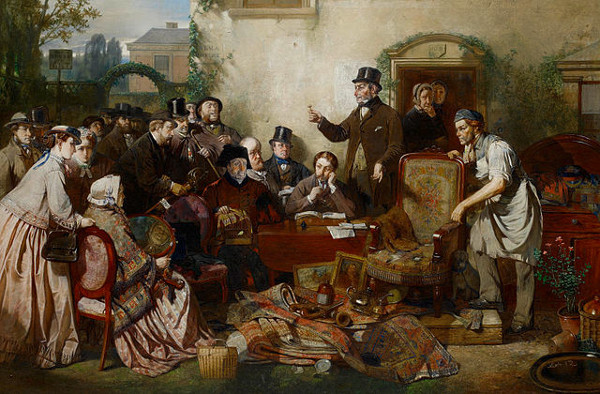
In 1983, Max Bazerman and William Samuelson asked M.B.A. students in 12 Boston University microeconomics classes to estimate the value of each of four commodities: jars containing 800 pennies, 160 nickels, 200 large paper clips each worth 4 cents, and 400 small paper clips each worth 2 cents. Thus each jar had a value of $8.00, though the students didn’t know this. They asked the students to bid on the value of each commodity. The student whose bid came closest to the true value in each auction would win a $2 prize.
The average estimated value of all the commodities was $5.13, $2.87 less than the true value. But the average winning bid was $10.01, resulting in an average loss to the winner of $2.01. The average winning bid produced a loss in more than half of all the auctions.
This is the “winner’s curse”: The winner of an auction tends to be one of those who form the highest estimate of an item’s value — and hence one of those most at risk of overpaying.
“If an individual assumes that his or her bid will win the auction, this piece of data should indicate that the bidder has probably overestimated the value of the commodity in comparison to other competitors,” write Bazerman and Samuelson. “When the correct inference is drawn, the bidder should revise the estimate of the true value of the item downward and lower the bid accordingly. By failing to take this inference into account, the winning bidder risks paying too much for the ‘prize.'”
(Max Bazerman and William Samuelson, “I Won the Auction But Don’t Want the Prize,” Journal of Conflict Resolution 27:4 [December 1983], 618-634.)
